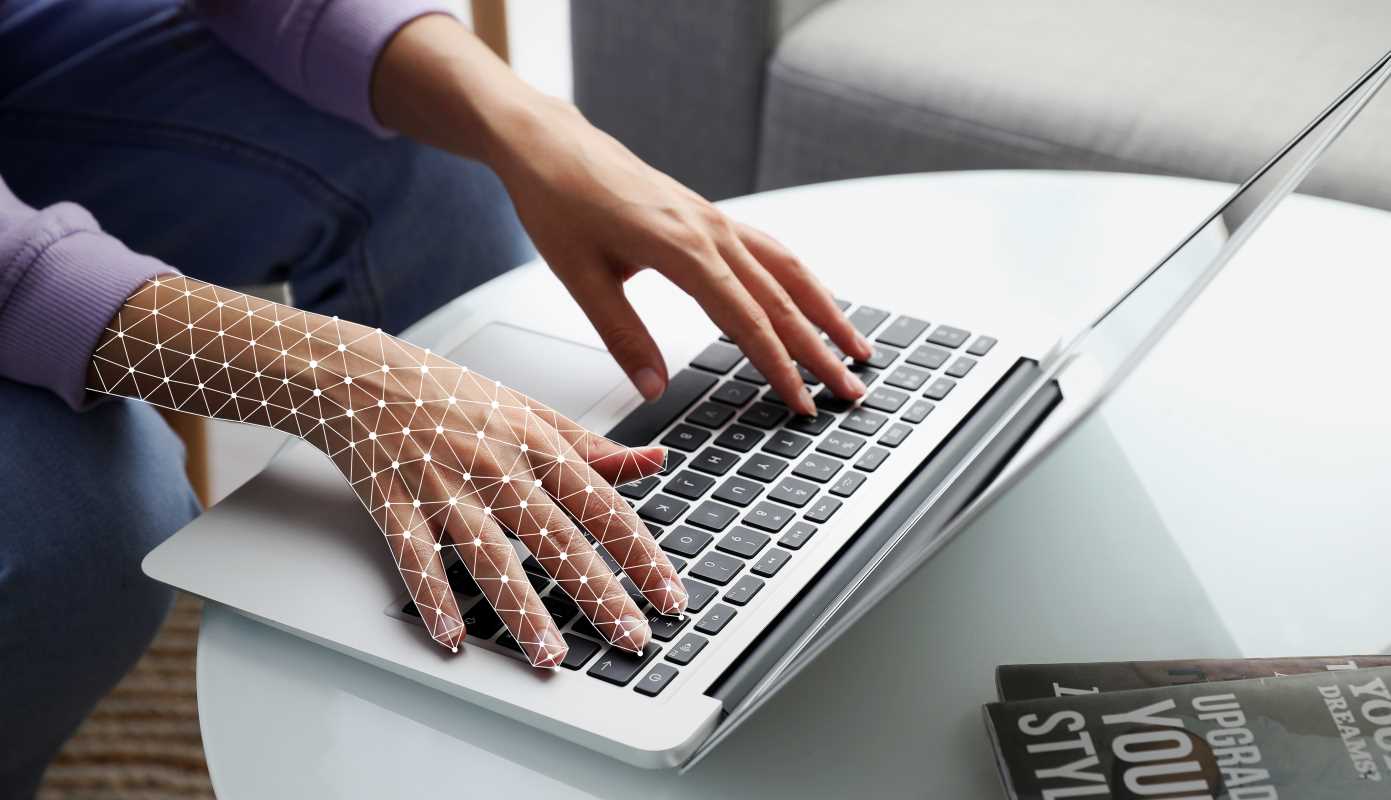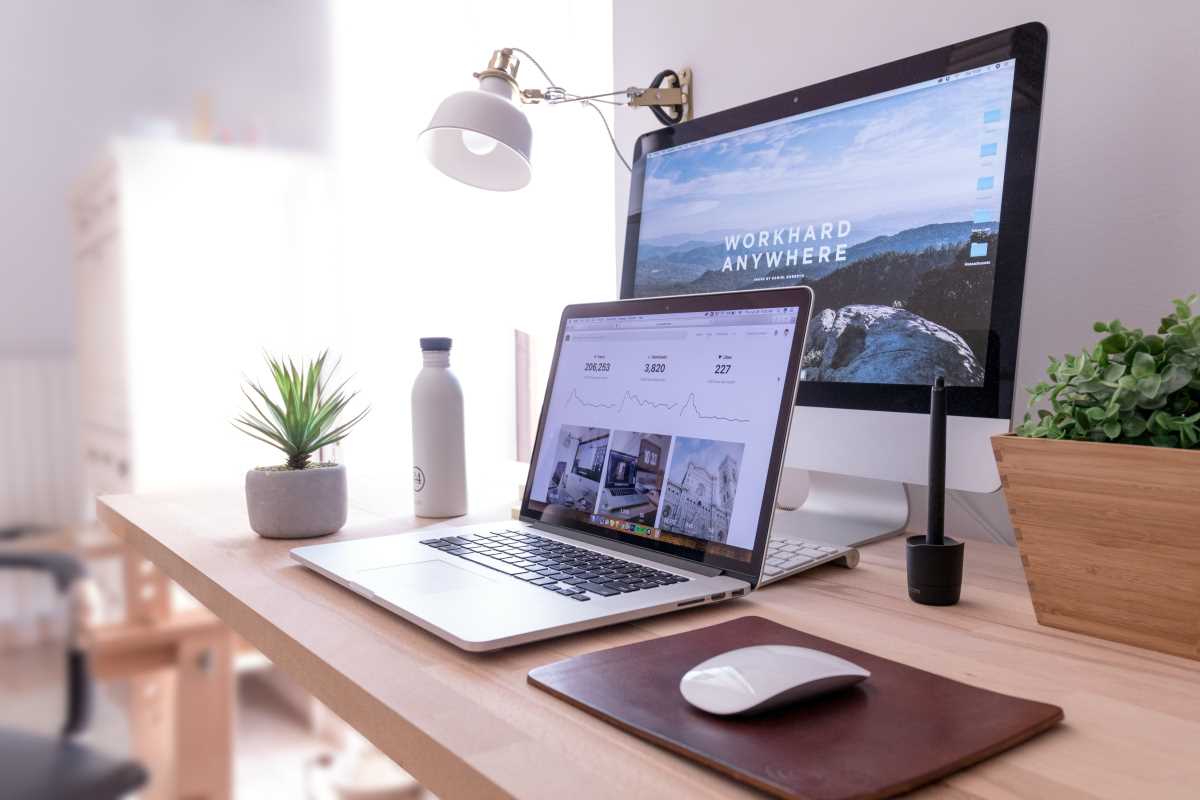We spend a huge portion of our lives at work, often staring at screens and interacting with technology that can either empower us or frustrate us. Many of us get so used to our standard-issue work setup that we don't stop to think about how much it might be holding us back. We put up with a slow mouse, a cramped keyboard, or a monitor that makes us squint, accepting these minor annoyances as just part of the job. But what if a few strategic upgrades to your tech arsenal could fundamentally change your workday? We're not talking about extravagant, budget-breaking gadgets. We're talking about thoughtful improvements that can reduce friction, boost your comfort, and make your daily tasks feel significantly smoother. Investing in the tools you use for hours every day is an investment in your own productivity and well-being. Let's explore some key tech upgrades that can transform your work from a daily grind into a daily breeze.
The Magic of a Mechanical Keyboard
If you spend a significant part of your day typing, the keyboard you use matters more than you might think. Most standard office keyboards use a mushy rubber dome membrane under the keys. It gets the job done, but it's not a particularly satisfying or efficient experience. A mechanical keyboard, on the other hand, uses individual mechanical switches under each key. This fundamental difference creates a typing experience that is more precise, tactile, and often much faster. Each keystroke provides clear physical and often audible feedback, which can lead to fewer typos and a more comfortable rhythm. The world of mechanical keyboards is vast and customizable. You can choose from different switch types: "clicky" switches that provide a satisfying typewriter-like sound, "tactile" switches that have a noticeable bump without the loud click, or "linear" switches that offer a smooth press all the way down. This ability to choose the feel of your keyboard allows you to find one that perfectly matches your typing style and preference. It’s a game-changing upgrade that can turn the chore of typing into a genuinely enjoyable activity.
A High-Refresh-Rate Monitor for Smoother Visuals
Your monitor is your window into your digital world, and not all windows are created equal. Many standard office monitors have a refresh rate of 60Hz, which means the image on the screen updates 60 times per second. This is perfectly adequate, but moving up to a monitor with a higher refresh rate, such as 120Hz or 144Hz, can make a surprising difference in your daily experience. Initially designed for gaming, these monitors update the image on the screen more than twice as often. This doesn't just make games look better; it makes every interaction with your computer feel smoother and more responsive. Simply moving your mouse cursor across the screen, scrolling through a long document, or dragging a window feels instantly more fluid and connected. This reduction in motion blur and choppiness can also lead to less eye strain over the course of a long day. While it might seem like a subtle change, once you've experienced the buttery smoothness of a high-refresh-rate display, going back to a standard 60Hz monitor can feel jarring and slow.
The Freedom of a Wireless Headset with a Boom Mic
Open offices and remote work have made video calls and online meetings a central part of our workday. Being tethered to your computer by a short headphone cable is restrictive, and using your laptop's built-in microphone often makes you sound distant and unprofessional. A high-quality wireless headset with a dedicated boom microphone is a transformative upgrade. The wireless freedom allows you to stand up, stretch, or grab a coffee from the kitchen without having to drop out of the conversation. More importantly, the boom microphone is positioned right in front of your mouth, isolating your voice and drastically reducing background noise. This means your colleagues will hear you with crystal clarity, not the dog barking in the next room or the chatter of your office mates. Many modern headsets also feature active noise cancellation (ANC), which blocks out distractions around you, allowing you to focus on the conversation. It's an investment that improves not just your own comfort, but the quality of communication for your entire team.
An Ultrawide Monitor for Ultimate Multitasking
A dual-monitor setup has long been the standard for power users who need to multitask. It's a great way to have your research open on one screen and your document open on another. However, an ultrawide monitor offers a more elegant and immersive solution. These monitors have an expanded aspect ratio, creating a single, seamless canvas of screen real estate. This eliminates the distracting bezel that runs down the middle of a dual-monitor setup. You can comfortably place two or even three full-sized application windows side-by-side without any visual break. This is perfect for developers who need to see their code, a terminal, and a browser at the same time, or for financial analysts working with massive spreadsheets. The gentle curve of most ultrawide monitors also creates a more immersive field of view, which can help with focus and reduce eye and neck strain since you're turning your head less to see the edges of your workspace. It declutters your desk and your digital view, providing a clean, expansive area to manage all your work.
A Programmable Mouse to Automate Your Clicks
We perform countless repetitive actions with our mouse every day, from hitting the back button in a browser to copying and pasting text. A standard two-button mouse gets the job done, but a programmable mouse can offload many of these actions to custom buttons. These mice come with extra buttons, often positioned conveniently for your thumb, that you can assign to almost any function you can imagine. You could program a button to act as a "copy" command and another as "paste," allowing you to move text without ever touching the keyboard. You could assign a button to open a new browser tab, close a window, or even launch a specific application. Some advanced models allow you to record and assign complex macros, so a single button press could execute a multi-step sequence of commands. This level of customization dramatically reduces the number of clicks and movements you need to make, saving you time and reducing the strain on your hand and wrist. It turns your mouse from a simple pointing device into a powerful command center.
 (Image via
(Image via





